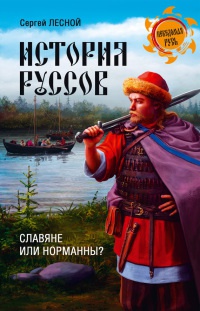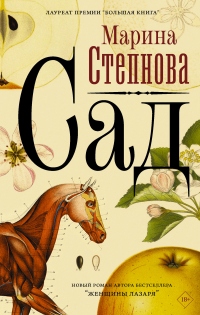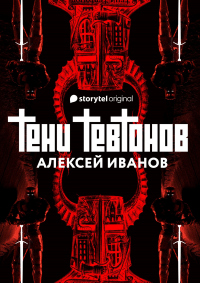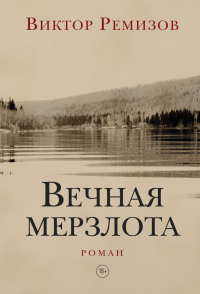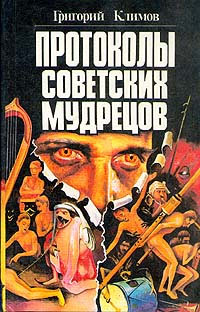Читать книгу "Норманны и Киевская Русь - Андрей Амальрик"
Шрифт:
Интервал:
Закладка:
Заслуги профессора Б. А. Сутырина перед высшей школой отмечены правительственными наградами (орденом «Знак Почета», медалями «За доблестный труд», «Ветеран труда»), почетными грамотами. В 1995 г. ему было присвоено почетное звание «Заслуженный деятель всероссийского музыкального творчества», а в 2000 г. – «Заслуженный работник высшей школы Российской Федерации».
Профессор Борис Алексеевич Сутырин скоропостижно скончался 8 марта 2013 г. на 82-м году жизни.
In 1960 Andrey Amalrik, a history student at Moscow University, presented his course research project, entitled, Normanny i Kievskaia Rus (Northmen and Kievan Rus), which attempted to prove that modern Russia was partly comprised of descendants of Northmen or Scandinavians. Contrarily, the official Soviet state policy at the time concerning the history of the ancient Rus was “antinormanist,” meaning that Scandinavians, Normanns or Varyags in Russian, offered no influence on Slavic tribes, thought to be the sole source of the creation of the Slavic Kievan Rus state.
Accordingly, the administration of the university required Amalrik to reconsider his views, and to change the theme of his research project. Due to his unwillingness to do so, he was expelled from the university.
When he tried to send his work to the Danish historian, A. Stender-Petersen, who was a specialist on the Scandinavian presence in Slavic lands, he was arrested by the KGB.
This small event marked A. Amalrik as an infamous dissident, which branded him for the rest of his life. Russian and foreign historians were unaware of his research and findings, as his paper was confiscated by the KGB and remained unpublished. Years later, when Amalrik successfully sent his work to the United States, it was deposited, still unpublished, into the library at the University of Virginia.
The goal of this work is to publish Amalrik’s research project and its conclusions, and to guarantee access to it for all who are interested in ancient Rus history.
The first part of this book contains the original research paper of Andrey Amalrik in the Russian language. The second part contains the author’s critical review of Amalrik’s work, and compares it with the views of modern historians.
In his research, Amalrik followed the scheme of Russian scientist, A. A. Shachmatov, who studied the Povest Vremennych Let (Russian Primary Chronicle), allowing him to reconstruct texts of its ancient sources. Amalrik then tried to reconstruct the history of the ancient Rus, based on Shachmatov’s hypotheses and conclusions. Amalrik found the antinormanist reasoning doubtful; a mere textual theory.
Amalrik also offered critical analysis of the works of official Soviet antinormanist historians such as, S. V. Yushkov, B. D. Grekov, and M. N. Tichomirov, illustrating their baseless consensus.
In his work, Amalrik also discussed the question concerning the origin of the name, Rus. He tried to prove that Rus was a professional term attributed to the Scandinavian aristocratic positions within Kievan Rus social and political structure. A konung (highest of chiefs), and his entourage, including bodyguards, relatives, personal army, and warriors; aristocracy who would have taken mates in Slavic lands while on expeditions or diplomatic missions, is an important element omitted from the antinormanist timeline. Much evidence exists to back up his hypothesis, which is offered here in this publication.
Amalrik’s work was a hugely dangerous undertaking. He wrote it and refusing to change his opinion, was expelled from university.
Some points in Amalrik’s criticisms of the antinormanist historians are in use today. Most modern historians unknowingly share Amalrik’s views about the Scandinavian origins of the Rus. It is the author’s wish to provide historians further research material as they seek true, repeatable results.
Transport zones.
(After Westerdahl 1995).
[Появление норманнов на исторической арене
Транспортная зона 3 – естественная транспортная зона от шведского побережья к Финскому заливу и далее вглубь земель финнов и восточных славян.
[Отношения норманнов и славян]
Волжский и Днепровские торговые пути и основные центры Руси с сильным скандинавским влиянием (Карлссон, Селин 2012: 26).
[Константин Багрянородный о русах]
Славянские племена и путь русов, оправляющихся в полюдье согласно описанию Константина Багрянородного (Рыбаков 1982: 317)
[ «Полянская» гипотеза происхождения Руси]
Локализация племен с этнонимами на – ь.
Ареал очерчен пунктиром. Стрелками показано движение западных соседей финноязычного населения, называемых им руотси – русь (Клейн 2014).
[Первые появления Руси в источниках]
Районы военной, торговой и политической активности руси по источниками IX – начала Х в. (Назаренко 2012: 15)
Условные обозначения:
• – пункты и районы активности руси;
⇩ – направления движения руси
Внимание!
Сайт сохраняет куки вашего браузера. Вы сможете в любой момент сделать закладку и продолжить прочтение книги «Норманны и Киевская Русь - Андрей Амальрик», после закрытия браузера.


